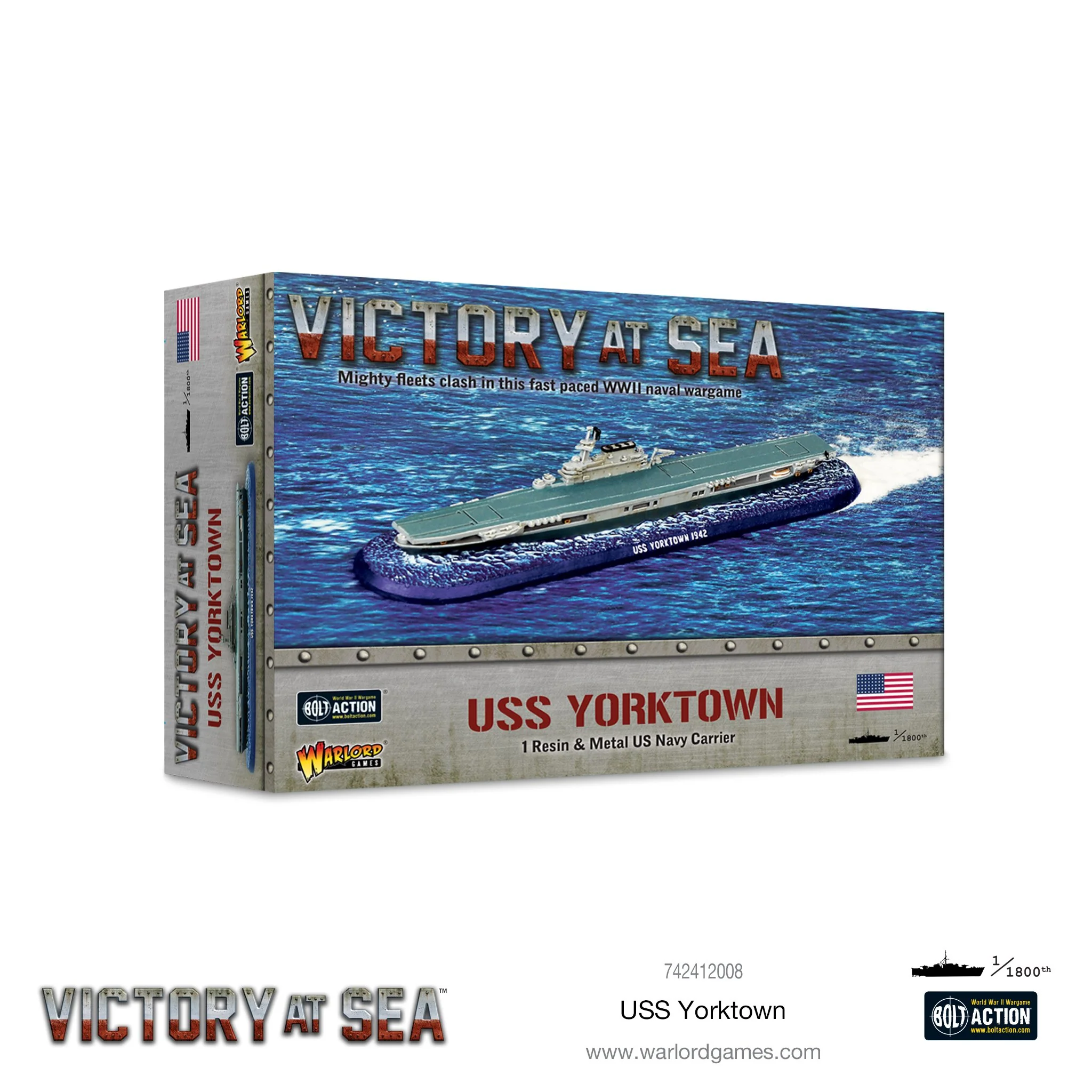
Victory at Sea Rulebook (englisch)
The Battle for the Pacific was only the beginning. Victory at Sea is the game of naval combat during the Second World War. Throughout 1939–45, the nations of the world duelled across the oceans across the globe, only to discover the fundamental nature of naval warfare changing in the face of rapidly developing technologies. Now you can play out these confrontations on the tabletop with entire fleets drawn from the Royal Navy, US Navy, Imperial Japanese Navy, German Kriegsmarine or any of the other nations featured in Victory at Sea.From skirmishes involving single destroyers hunting down merchantmen to the clashing of massive battleships, from invasions of islands across the Pacific to mastering waves of dive bombers, Victory at Sea enables you to fight exciting battles that take place on the oceans of World War II.This rulebook is the ultimate resource for Victory at Sea players. It contains:The complete rules for fighting naval battles, including the use of aircraft, submersibles and coastal defences.Detailed background notes on the progression of naval warfare through WWII.28 historic scenarios, covering every theatre over the span of the whole war.Exhaustive fleet lists for all the major belligerents, providing game statistics for hundreds of unique ships, submarines, aircraft and MTBs.Get a free exclusive model with this book, only when purchased from the warlord webstore!Noshiro was an Agano-class cruiser that served with the Imperial Japanese Navy. This class was designed to serve as the flagship of a destroyer flotilla. Completed in mid-1943, Noshiro participated in battles in the Gilbert and Solomon Islands and later escaped the Battle of the Philippine Sea of 19 June 1944 unscathed. At the Battle of Leyte Gulf, beginning 22 October 1944, Noshiro was ordered to Brunei as flagship of DesRon 2. At the Battle off Samar, the following day Noshiro was credited with hits on the US escort carrier USS White Plains and was partially responsible for the sinking of the carrier USS Gambier Bay, one of only two cases of carriers being sunk by naval gunfire alone. She met her end days later, however, at the hands of Grumman TBM-1C Avenger torpedo bombers, on 26 October.








